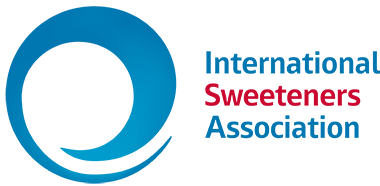Abstract
The current review examined published data on the intake of all major low-/no-calorie sweeteners – aspartame, acesulfame-K, saccharin, sucralose, cyclamate, thaumatin and steviol glycosides – globally over the last decade. The most detailed and complex exposure assessments were conducted in Europe, following a standardized approach. Japan and Korea similarly had up-to-date and regular intake data available. The data for other Asian countries, Latin America, Australia/New Zealand and global estimates evaluated by JECFA, while available, were shown to be more limited in terms of design. Overall, the studies conducted since 2008 raise no concerns with respect to exceedance of individual sweetener Acceptable Daily Intakes (ADIs) among the general population globally. The data identified do not suggest a shift in exposure over time, with several studies indicating a reduction in intakes. However, some studies suggest there may be an increase in the numbers of consumers of low-/no-calorie-sweetened products. Future research should consider a more standardized approach to be able to monitor potential changes in exposures based upon events such as sugar reduction recommendations, to ensure there is no shift in intakes, particularly for high-risk individuals, including diabetics and children with specific dietary requirements, and to ensure risk management decisions are based upon quality intake analyses.
Summary
Having thoroughly reviewed the published literature regarding the intake of the most commonly used low calorie sweeteners globally, Martyn et al concluded that, overall, the studies conducted to determine the exposures of low calorie sweeteners over the last decade raise no concerns with respect to exceedance of the individual sweetener Acceptable Daily Intakes (ADIs) among the general population globally. The low calorie sweeteners that have been reviewed in this work include acesulfame-K, aspartame, cyclamate, saccharin, steviol glycosides, sucralose and thaumatin.
This publication by Martyn et al provides a review of the available intake assessment data for each region and of the different methodologies used in each study and concludes that future research should consider a more standardized approach globally. The most refined and analytical exposure assessments were conducted in Europe, following a standardized approach. Japan and Korea similarly had up-to-date and regular intake data available. The data for other Asian countries, Latin America, Australia/New Zealand and global estimates evaluated by JECFA, while available, were shown to be more limited in terms of design.
The current data also do not suggest a significant shift in exposure over time, with several studies indicating a reduction in intakes. Thus, this review provides a significant level of comfort that there does not appear to be a significant shift in low-/no-calorie sweeteners intake and that levels of exposure are generally within the ADI limits for the individual sweeteners.

